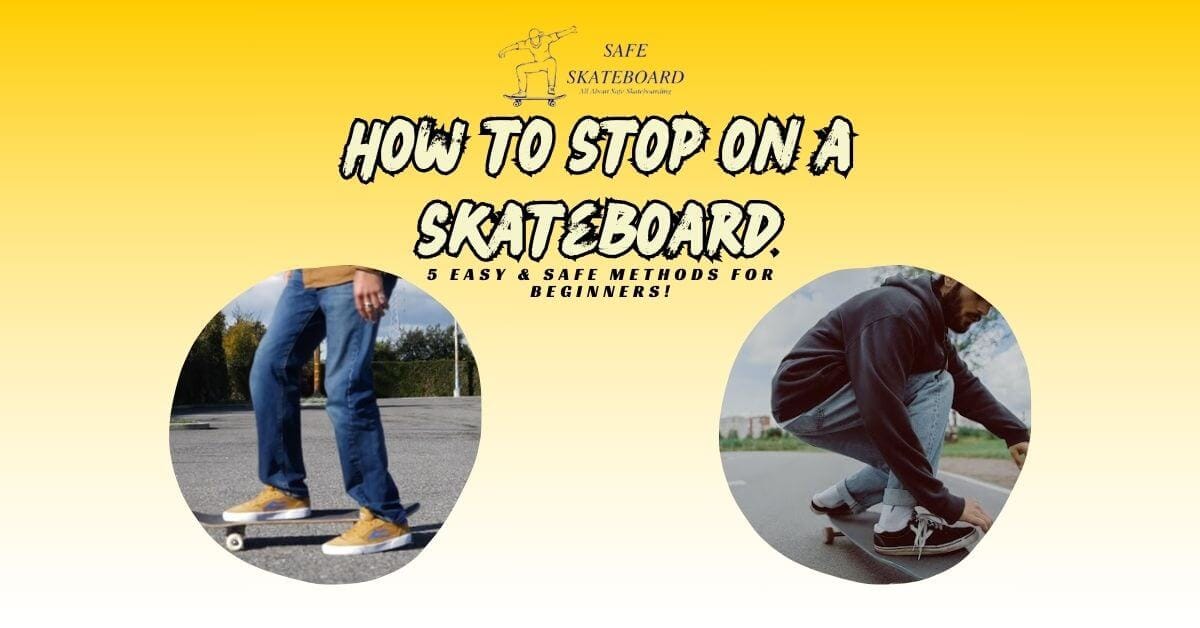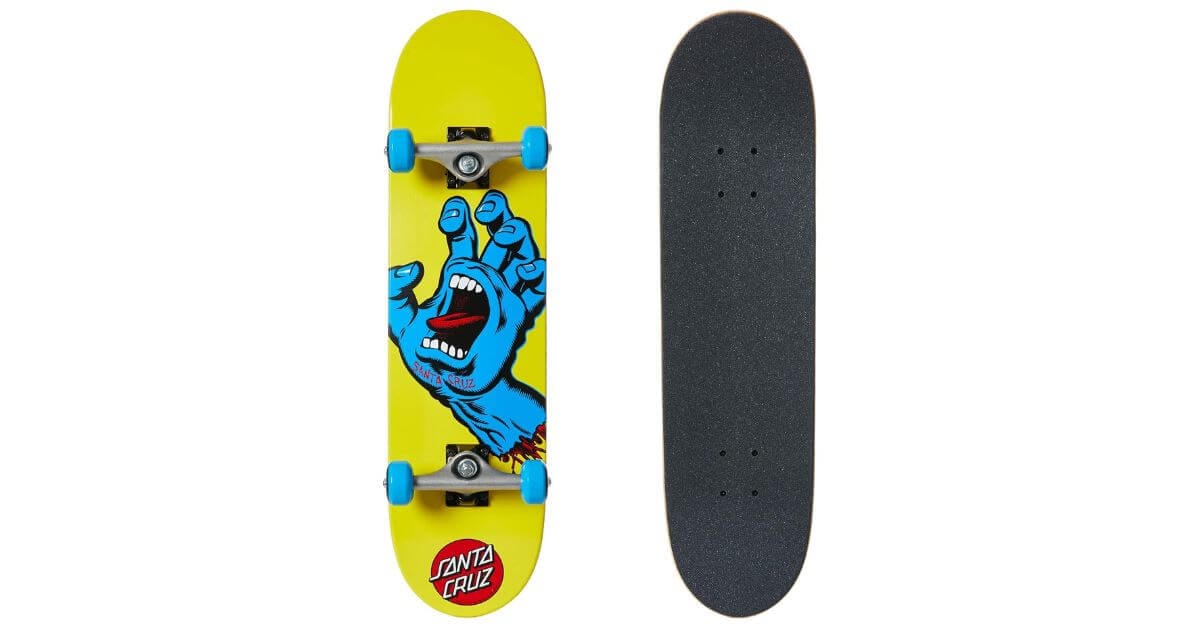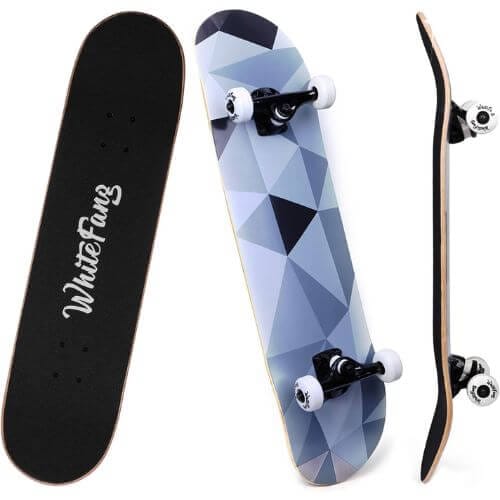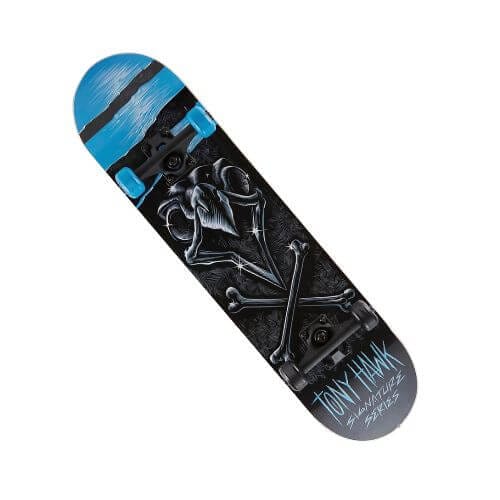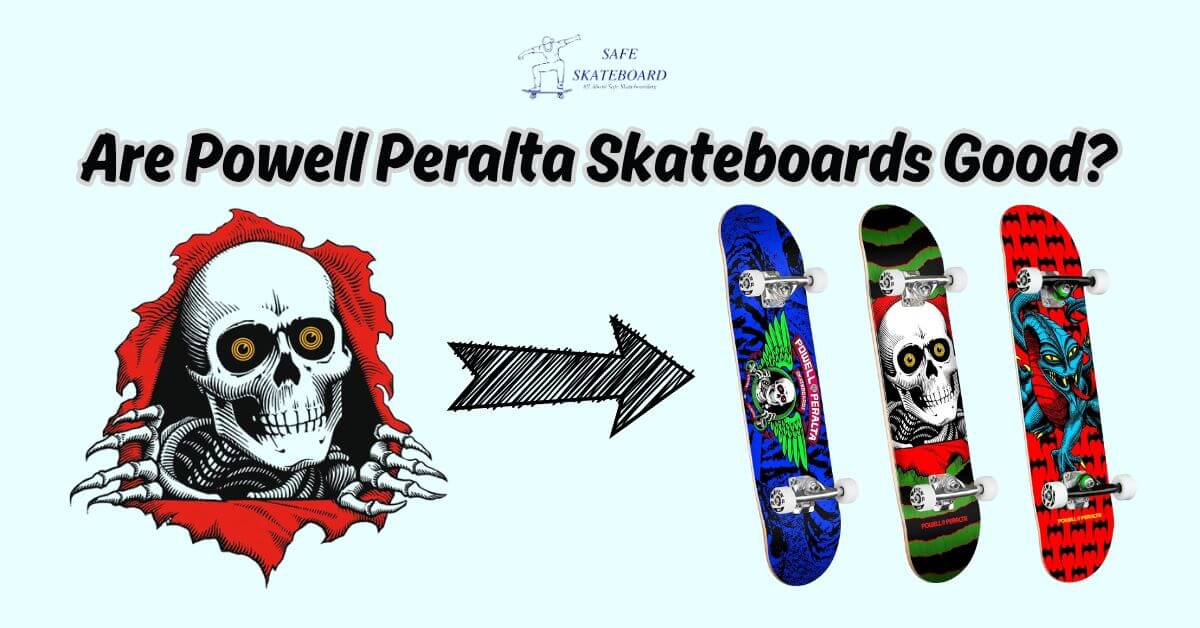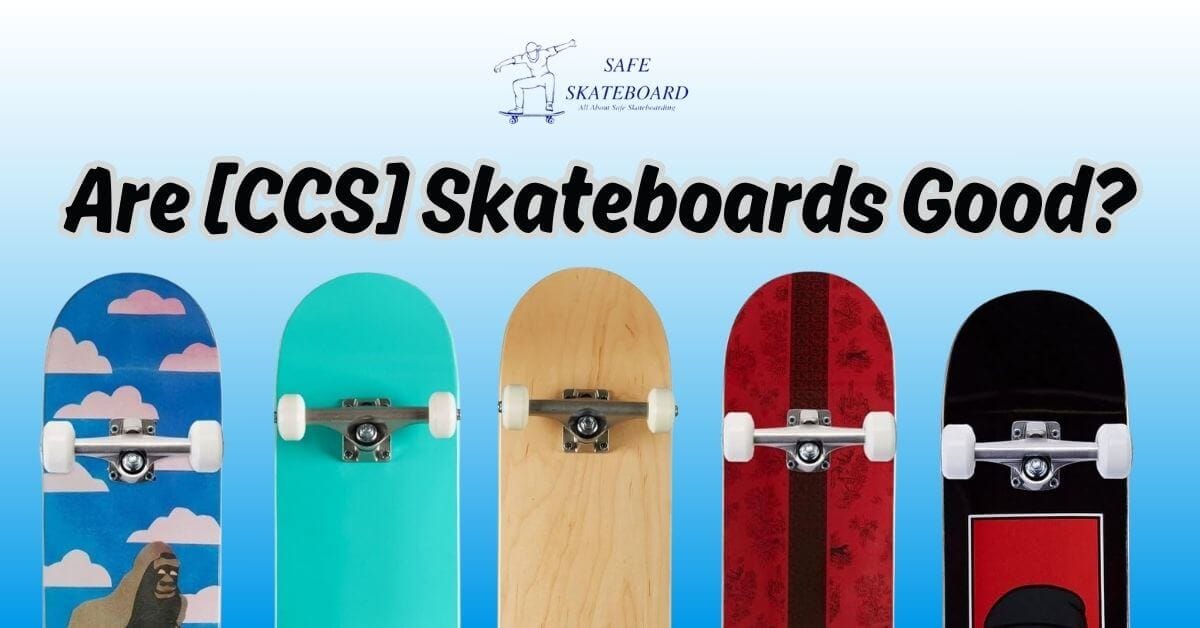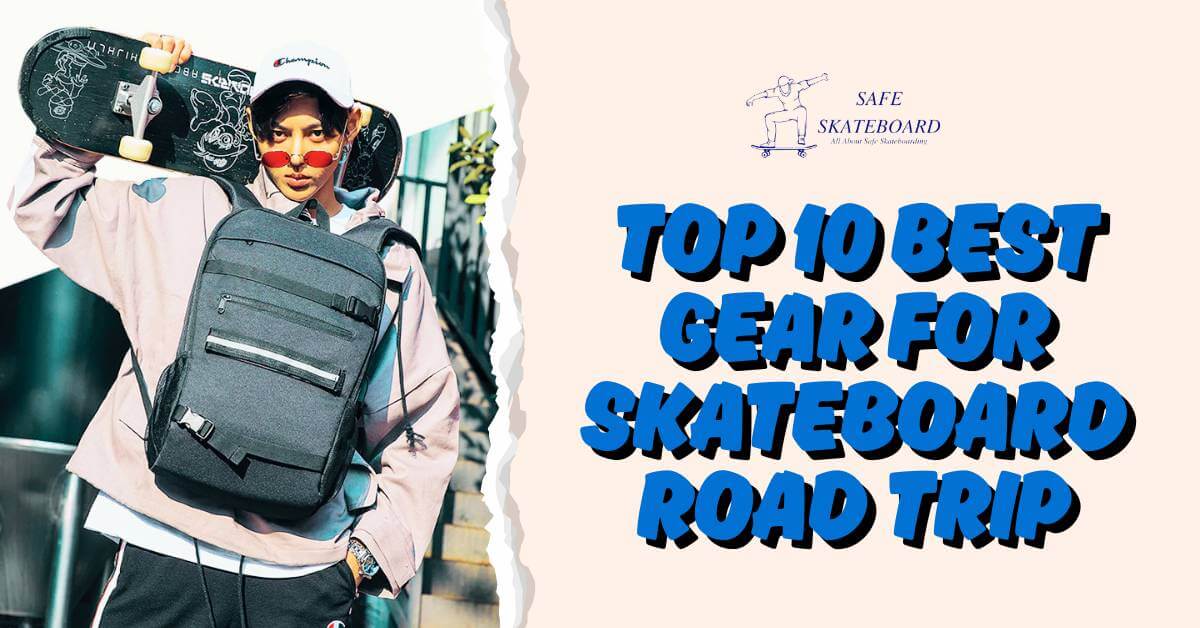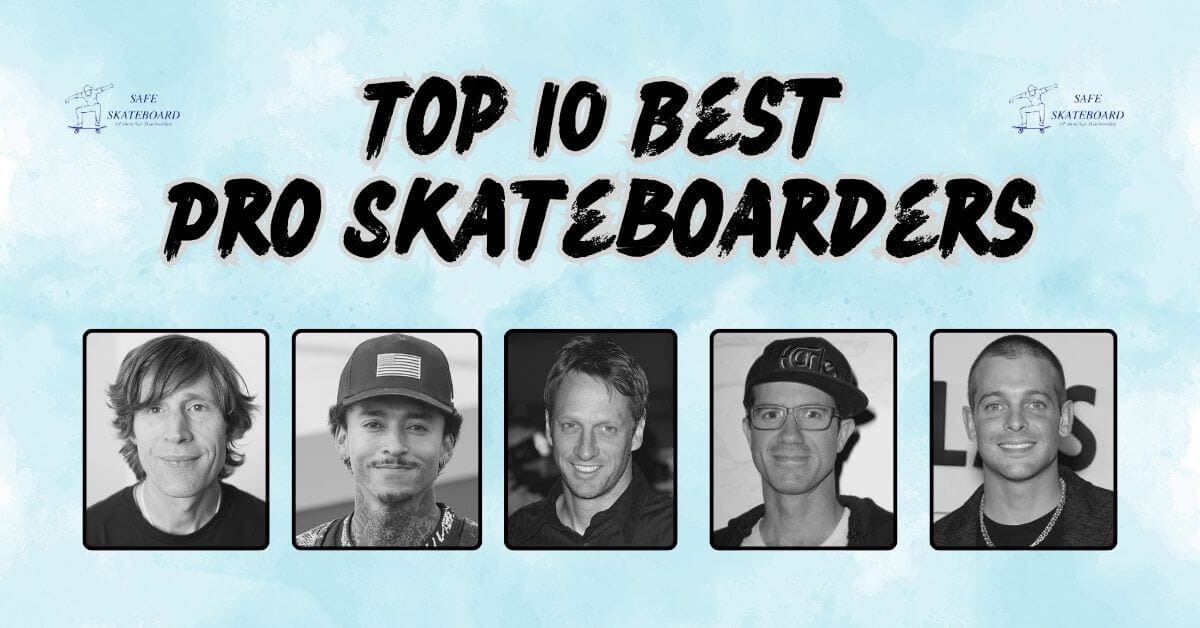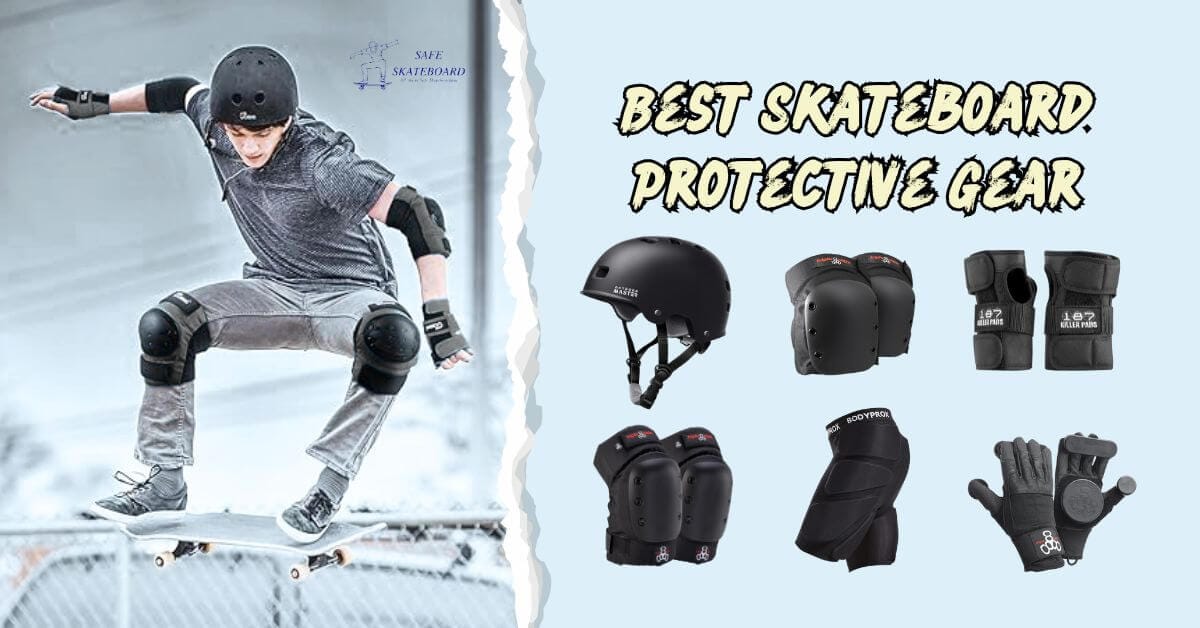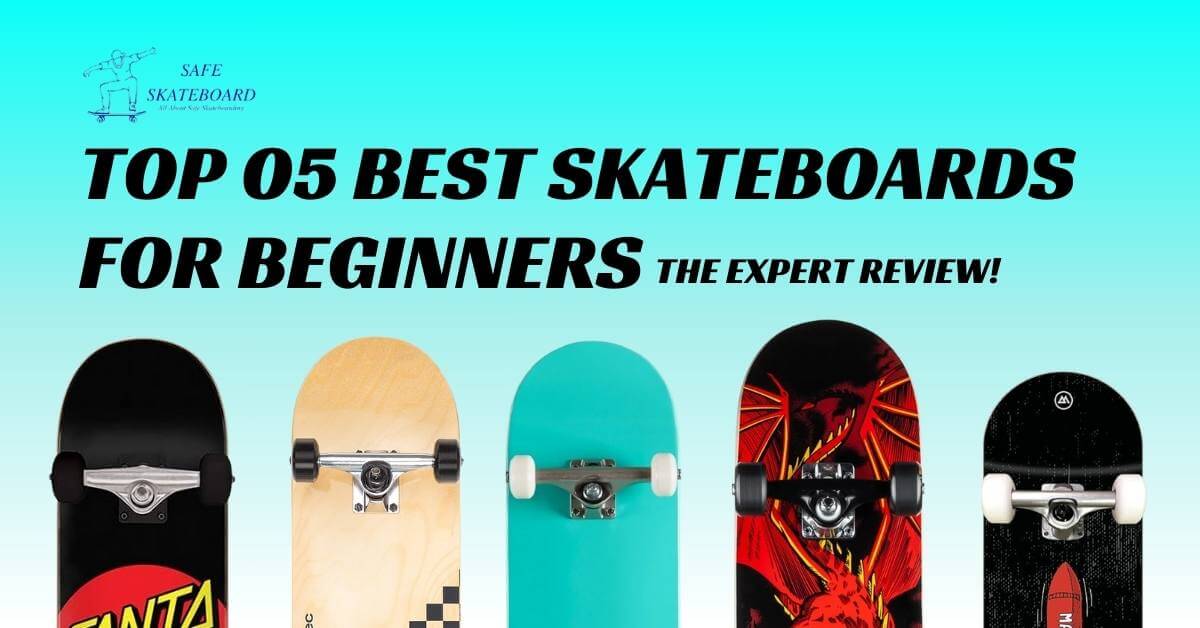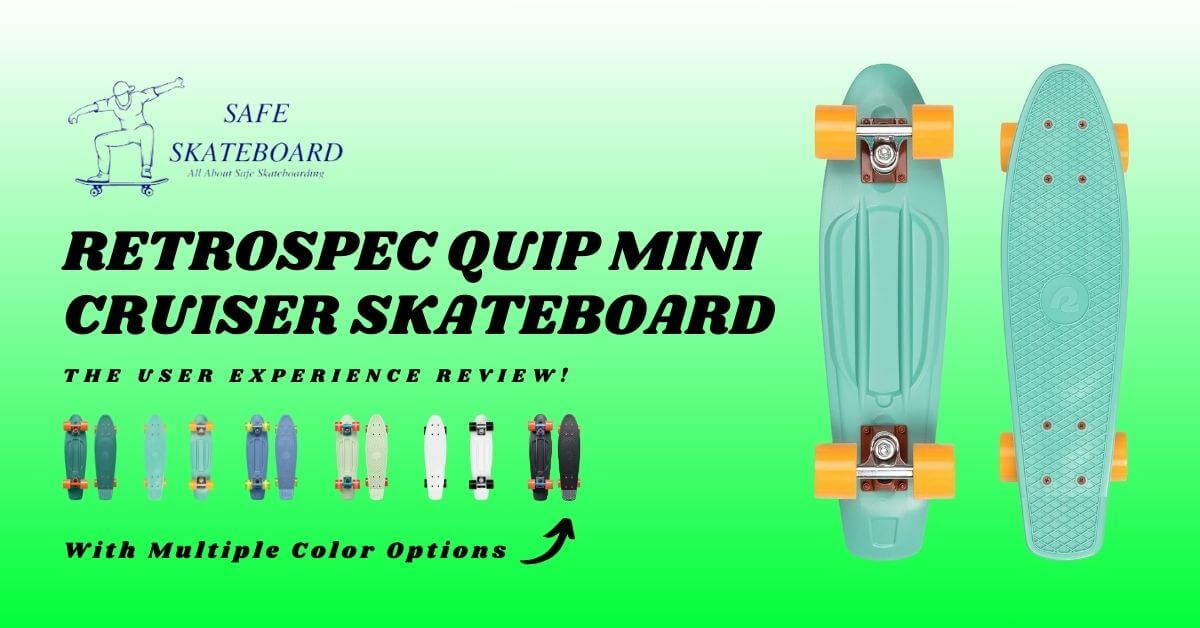Learning to stop on a skateboard is just as important as learning to ride. If you don’t know how to stop, you risk falling, getting hurt, or crashing into something. Luckily, stopping is easier than you think!
In this guide, I’ll show you how to stop on a skateboard safely. If you’re a beginner or improving your skills, these methods will help you ride with confidence.
Grab your skateboard and dive into the article.
Understanding the Basics of Skateboarding
Skateboarding is all about balance and control. Before learning to stop, you need to feel comfortable standing on your board. Your stance, weight distribution, and foot positioning play a big role in how well you control your skateboard.
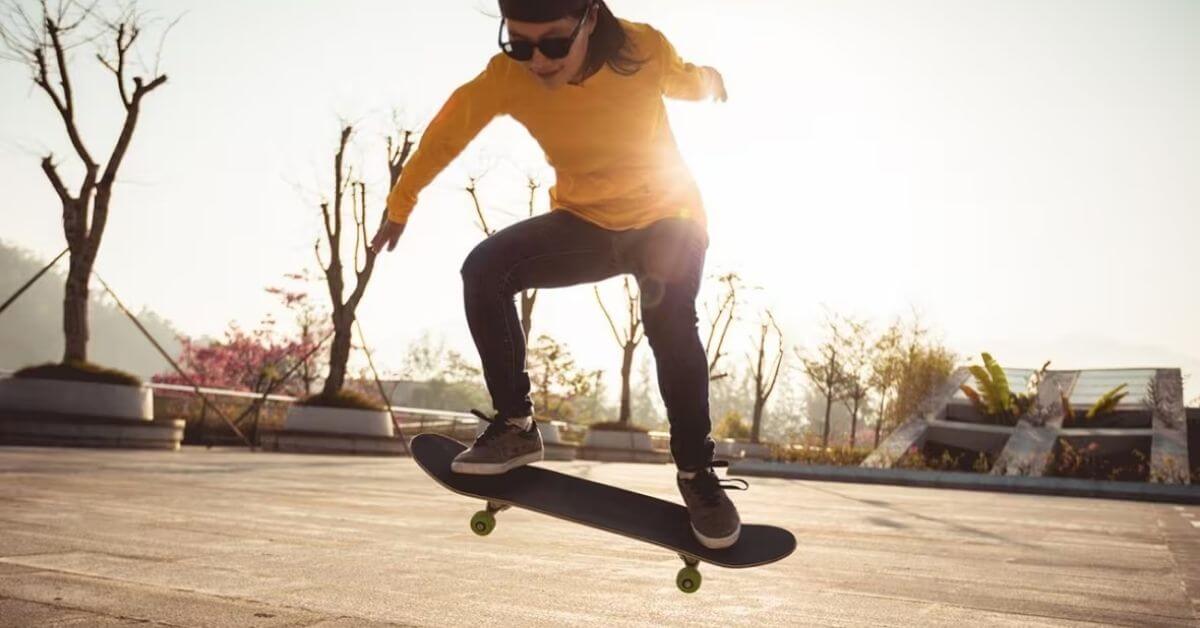
Here’s what you need to know before stopping:
- Keep your knees slightly bent for better balance.
- Stand with one foot near the front bolts and the other near the back.
- Shift your weight smoothly to control movement.
- Look ahead, not down, to stay steady.
- Practice pushing and rolling before trying to stop.
Essential Gear for Skateboarding
Wearing the right gear keeps you safe and helps you skate better. Even if you’re just cruising, protective equipment is important. Skaters often fall while learning new skills, and proper gear can save you from destroying your knees.
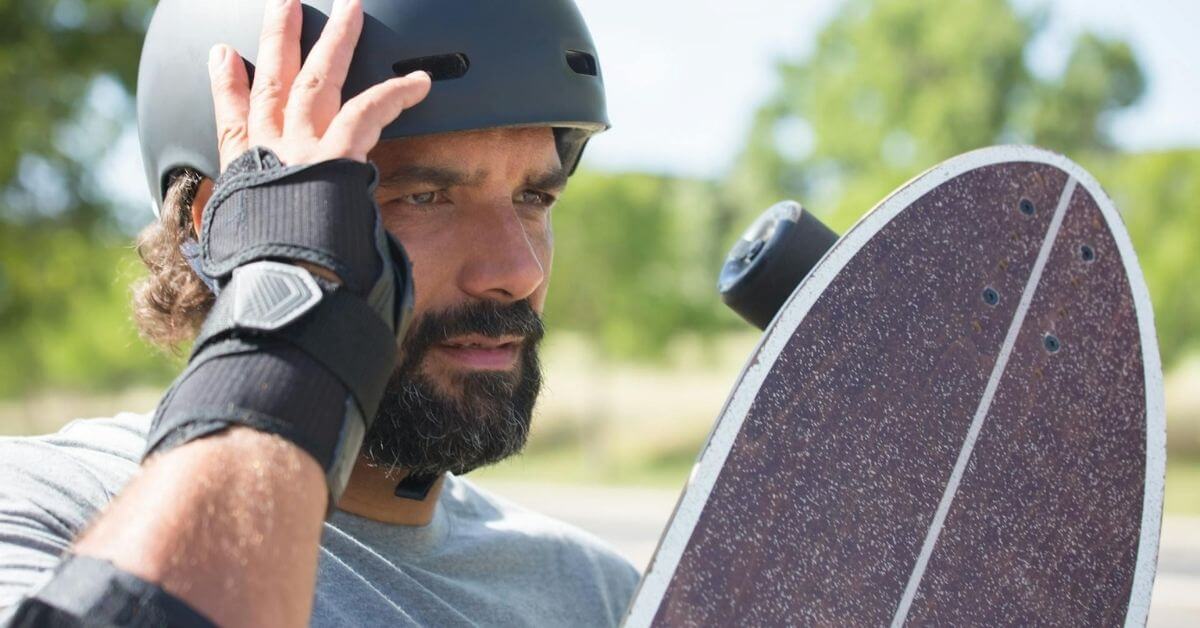
Here’s what you should wear:
- Helmet – Protects your head from serious injuries.
- Knee Pads – Prevents scrapes and reduces impact.
- Elbow Pads – Shields your elbows from hard falls.
- Wrist Guards – Supports your wrists and prevents sprains.
- Skate Shoes – Provides grip and stability on the board.
Skateboard Components Overview
Your skateboard setup affects how you stop. Different decks, wheels, and trucks can make stopping easier or harder. Understanding your board helps you choose the best stopping method.
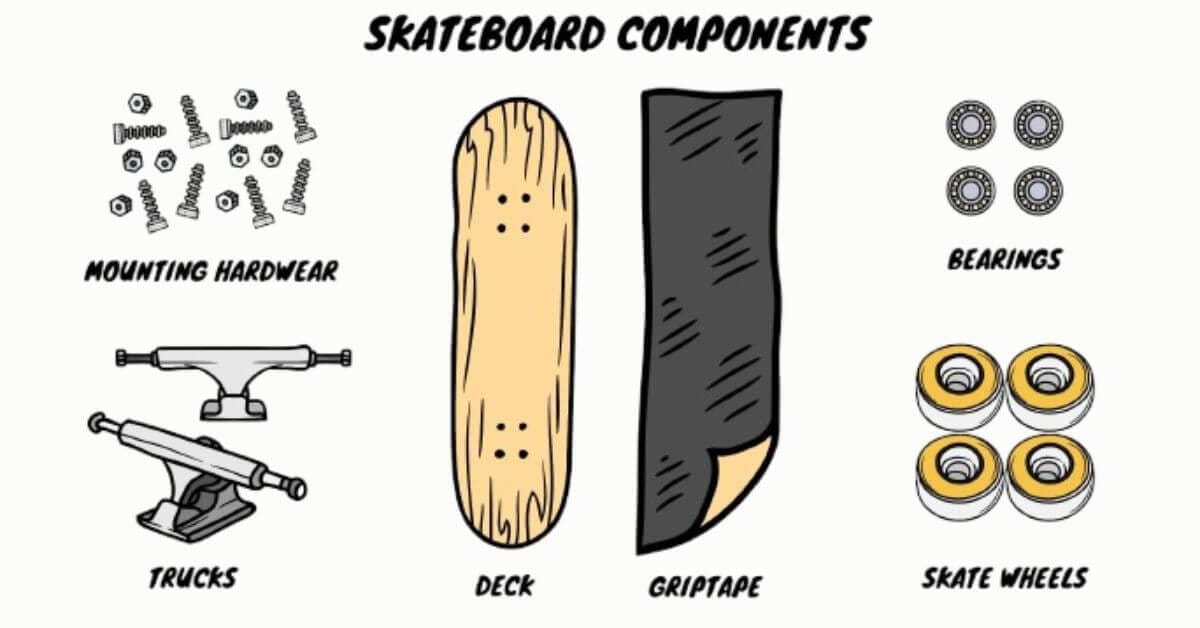
Key parts of a skateboard:
- Deck – The board you stand on. Wider decks offer more stability.
- Trucks – The metal parts connecting the wheels to the deck.
- Wheels – Softer wheels grip better and slow down easier.
- Bearings – Control how fast your wheels spin.
- Grip Tape – Helps keep your feet secure on the deck.
Safety Equipment Needed
Skateboarding is fun, but safety should always come first. Falls happen, and wearing the right equipment can protect you from injuries. If you’re a beginner or an experienced skater, safety gear is essential.
Recommended safety gear:
- Helmet – Reduces the risk of head injuries.
- Padded Clothing – Extra cushioning can prevent bruises.
- Shatterproof Sunglasses – Protects eyes from debris.
- Gloves – Helps avoid hand scrapes when falling.
- Reflective Gear – Makes you visible in low-light conditions.
Why Learning to Stop on a Skateboard Is Important
Many skaters focus on tricks and speed but forget that stopping is a key skill. Knowing how to stop on a skateboard gives you better control and prevents injuries. Without proper stopping techniques, you could crash into people, cars, or obstacles.
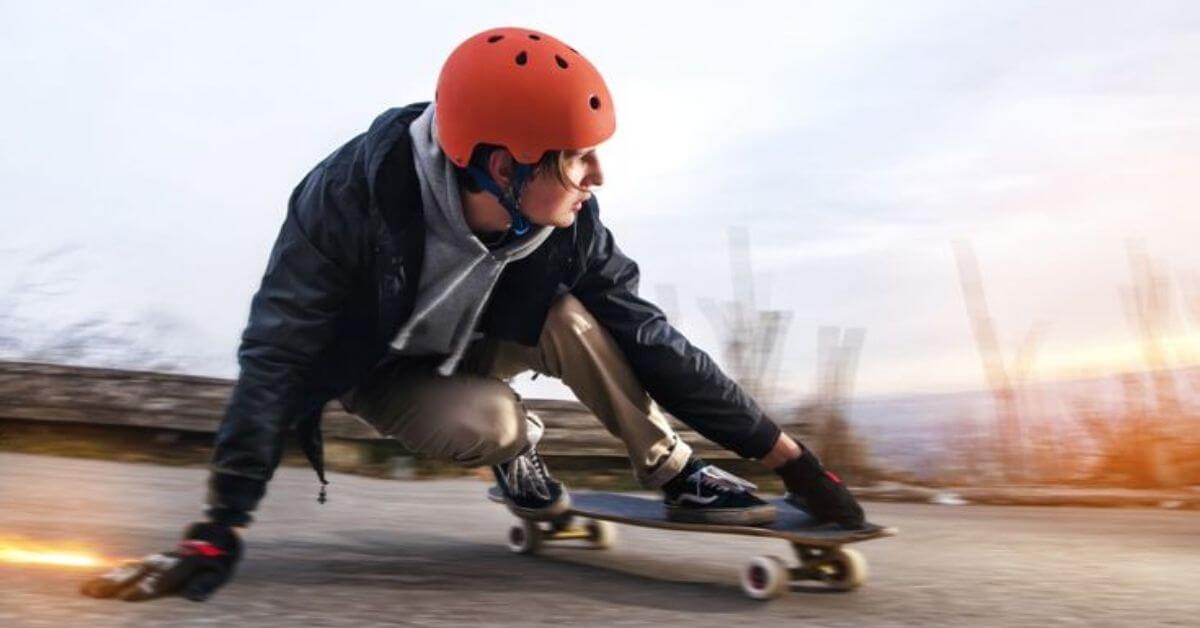
Here’s why stopping matters:
- Keeps you safe from falls and accidents.
- Helps you control speed and direction.
- Reduces wear on your skateboard.
- Makes riding in busy areas safer.
- Boosts confidence when learning new tricks.
5 Best Ways to Stop on a Skateboard (Step-by-Step Guide)
Stopping a skateboard takes practice, but these five techniques will help you slow down safely. Try them one by one to see which works best for you.
1. Foot Brake (Best for Beginners)
This is the easiest way to stop. Just drag your back foot on the ground while rolling.
- Step your back foot off the board.
- Let it drag lightly on the pavement.
- Apply more pressure to slow down faster.
- Keep your front foot steady.
- Stay balanced, and don’t lean too far forward.
2. Heel Drag (Gentle Stop for Beginners)
This method helps you stop without stepping off the board.
- Shift weight onto your front foot.
- Slowly tilt your back foot downward.
- Let the heel of your shoe touch the ground.
- Increased pressure to stop faster.
- Keep your body centered to stay balanced.
3. Carving (Best for Speed Control)
Carving slows you down gradually by making wide turns.
- Lean into turns while riding.
- Make big, sweeping curves.
- Use more pressure to slow down faster.
- Keep knees bent for better control.
- Avoid tight turns at high speeds.
4. Tail Drag (Effective but Wears Out Your Board)
This technique uses your skateboard’s tail to create friction.
- Shift weight to your back foot.
- Press the tail of your board onto the ground.
- Apply gentle pressure to slow down.
- Avoid pressing too hard to prevent damage.
- Stop completely before stepping off.
5. Power Slide (Advanced Skaters Only)
A power slide is a fast and stylish way to stop.
- Gain some speed before starting.
- Turn your body sharply sideways.
- Push your back foot out to slide.
- Use friction to slow down quickly.
- Keep your balance to avoid falling.
How to Stop on a Skateboard Downhill (Extra Tips)
Stopping downhill is tricky but not impossible. The key is to control your speed and avoid sudden stops. If you try to stop too quickly, you could lose balance.
Tips for stopping downhill:
- Use carving – Wide turns help reduce speed.
- Foot brake early – Start braking before gaining too much speed.
- Crouch slightly – Lower your center of gravity.
- Avoid sudden movements – Keep your stops smooth.
- Bail safely if needed – Jump off onto the grass if you lose control.
Common Mistakes & How to Avoid Them
Many beginners struggle with stopping because they make small but important mistakes. Here are the most common ones and how to fix them.

- Leaning too far forward – Keep weight centered to avoid falling.
- Pressing too hard on the tail drag – Light pressure works best.
- If you are not using the right technique for the situation, choose the best stop at your speed.
- Wearing the wrong shoes – Use skate shoes for better grip.
- Skipping safety gear – Always wear a helmet and pads.
Frequently Asked Questions about How to Stop on a Skateboard
Can I stop on a skateboard without using my feet?
Yes, you can slow down using techniques like tail dragging or carving, but you’ll need to keep your feet in position to maintain balance and control.
Is power sliding safe for beginners?
No, power sliding is an advanced technique and should only be tried once you’re confident with basic stopping methods. It involves sharp, quick movements that can be risky for beginners.
How long will it take to learn how to stop on a skateboard?
Most beginners can learn the basic stopping techniques in a few hours to a couple of practice sessions. The key is to practice regularly in a safe, open area.
Can I use my skateboard trucks to stop?
No, skateboard trucks are not designed for stopping. Use foot braking, carving, or other techniques to slow down and stop safely.
Is it okay to skateboard on a cracked or damaged deck when learning how to stop?
No, skateboarding on a damaged deck is dangerous. A weak deck can snap during a stop, leading to injuries. Make sure your skateboard is in good condition before practicing any stopping techniques.
Final Thoughts
Stopping on a skateboard is an essential skill every skater should learn. It keeps you safe, helps you control speed, and builds confidence. If you’re skating in the park or down the street, knowing how to stop on a skateboard makes riding much more enjoyable.
Practice these techniques in a safe area, and don’t rush the process. Soon, stopping will feel natural, and you’ll ride with ease. Now, grab your board, put on your gear, and start practicing!
